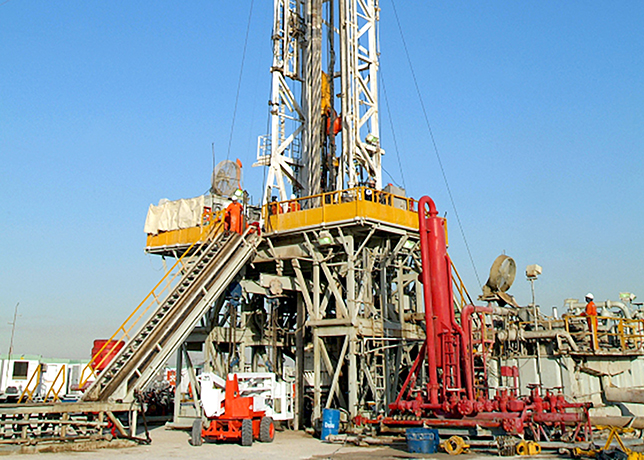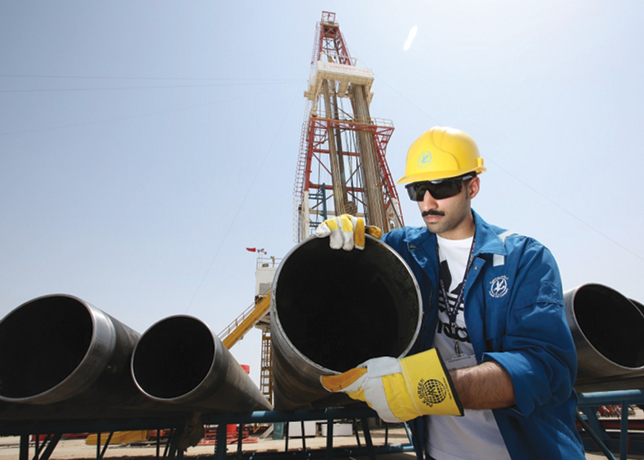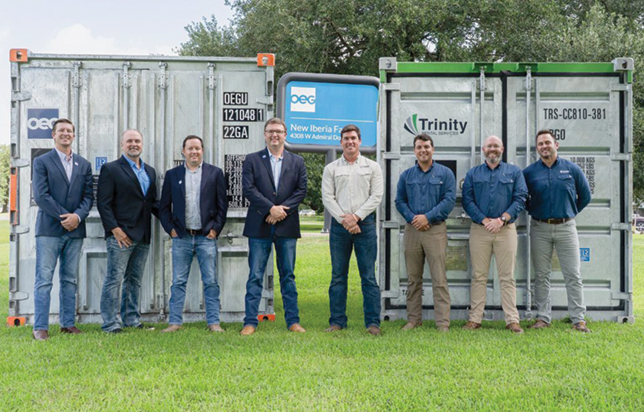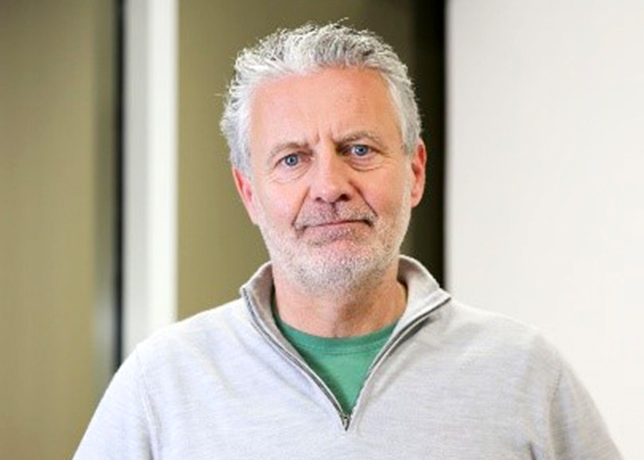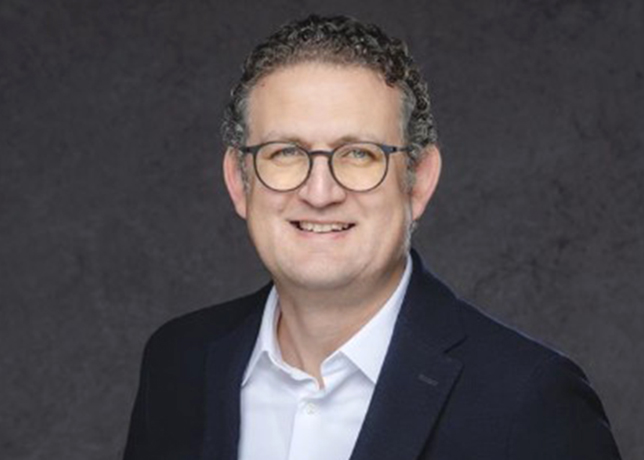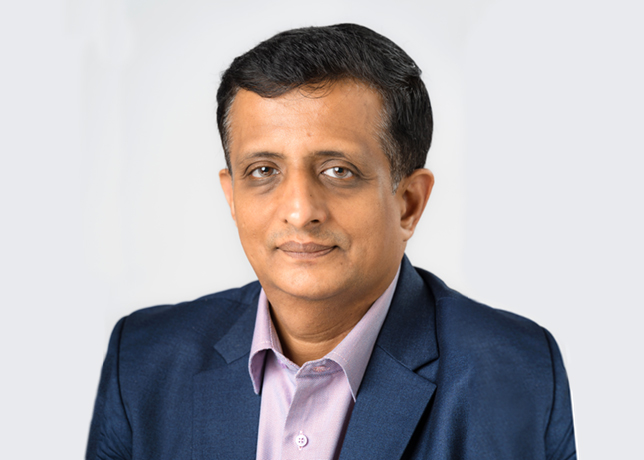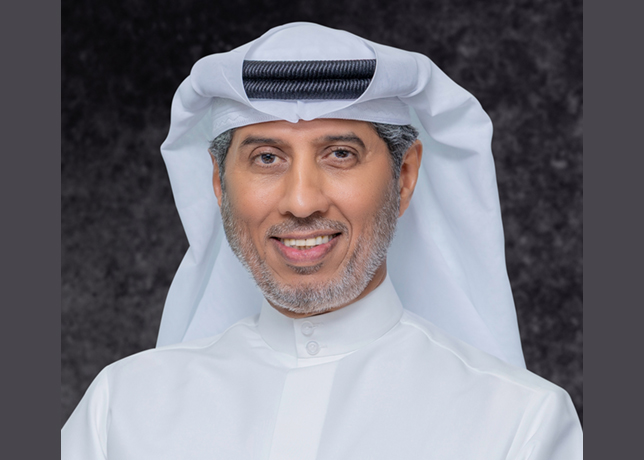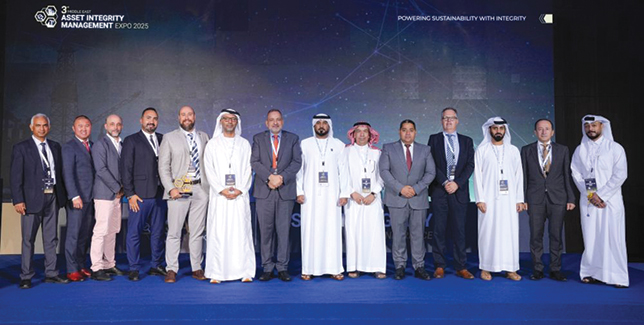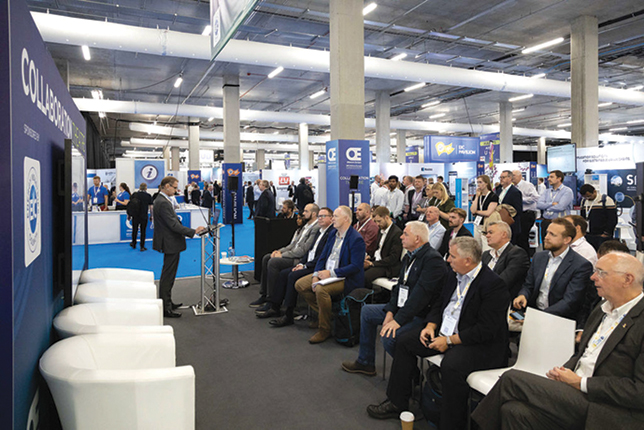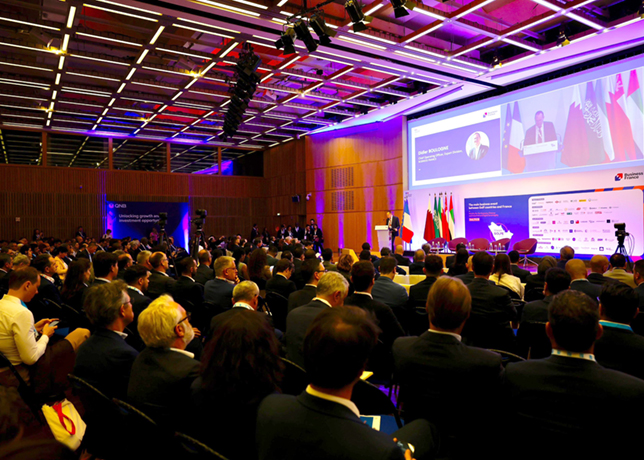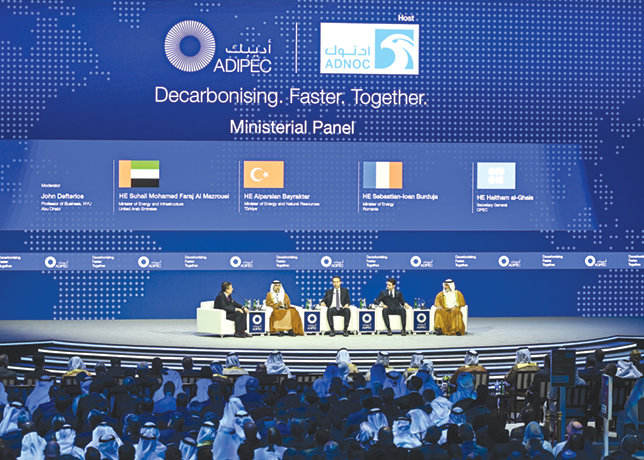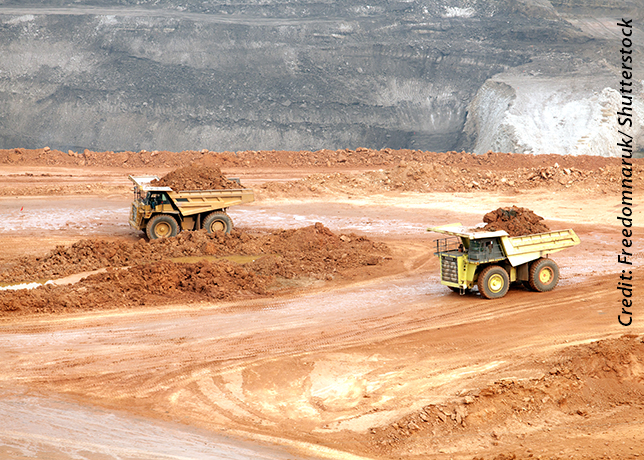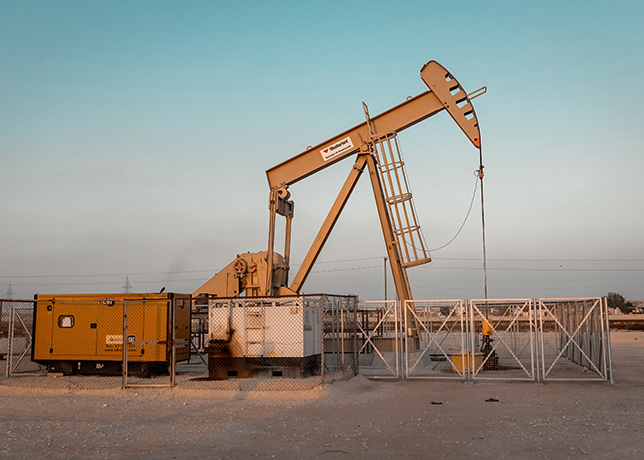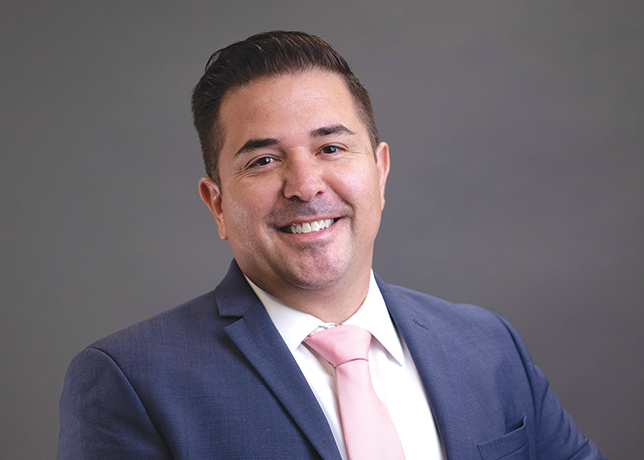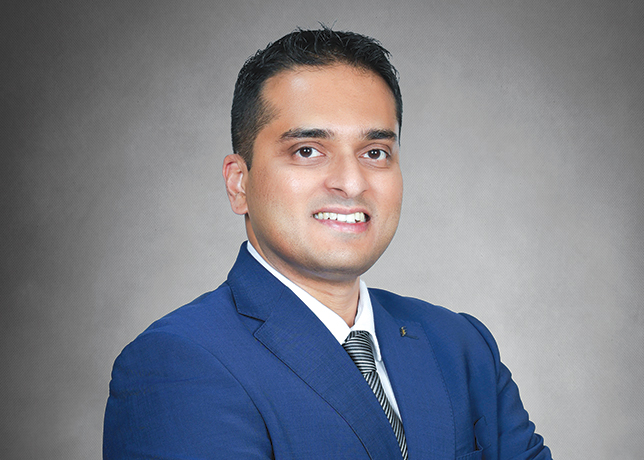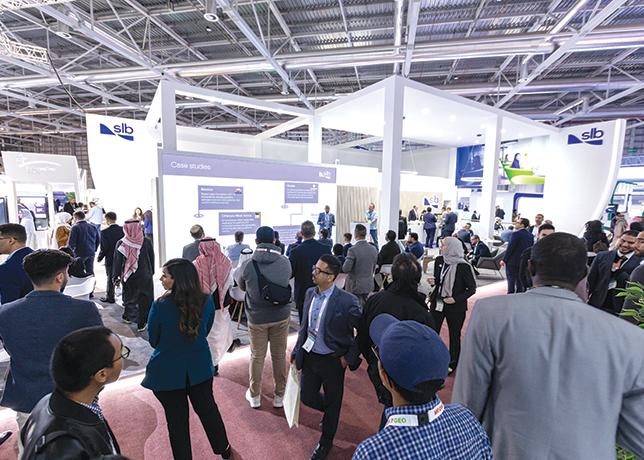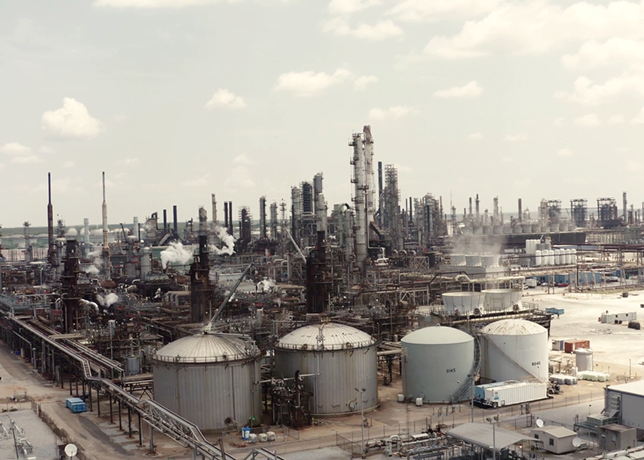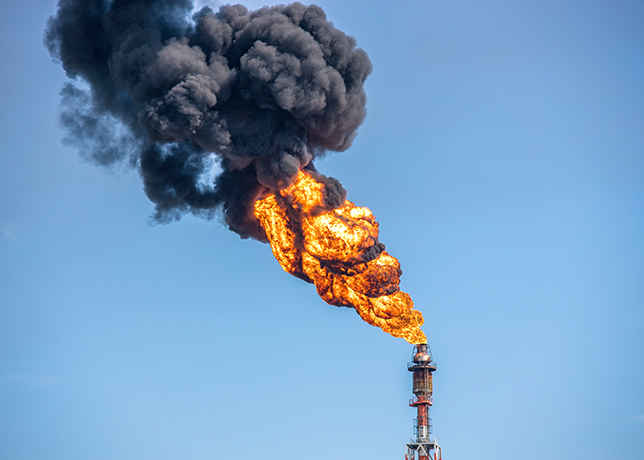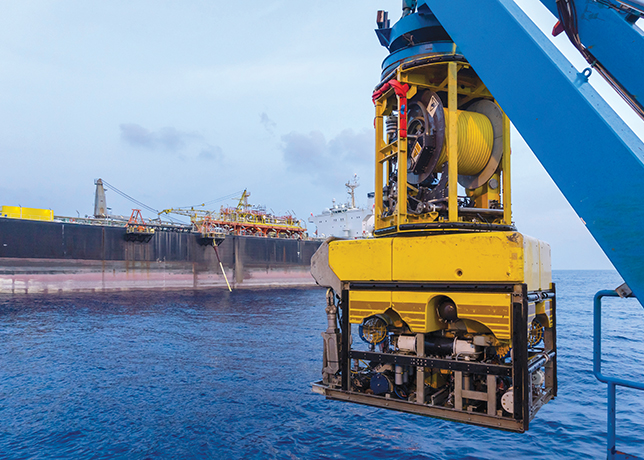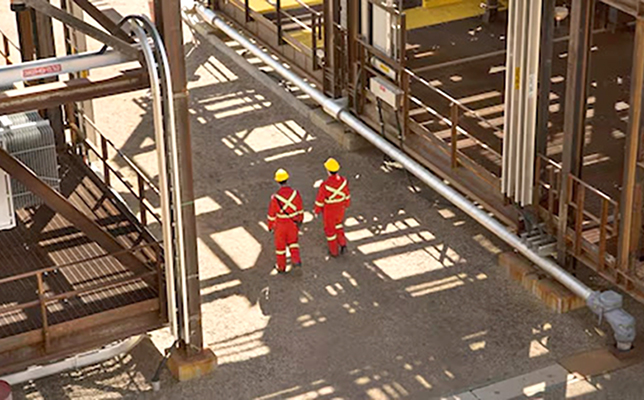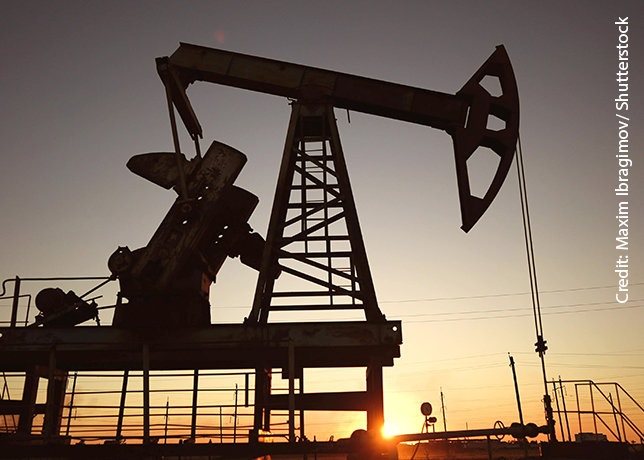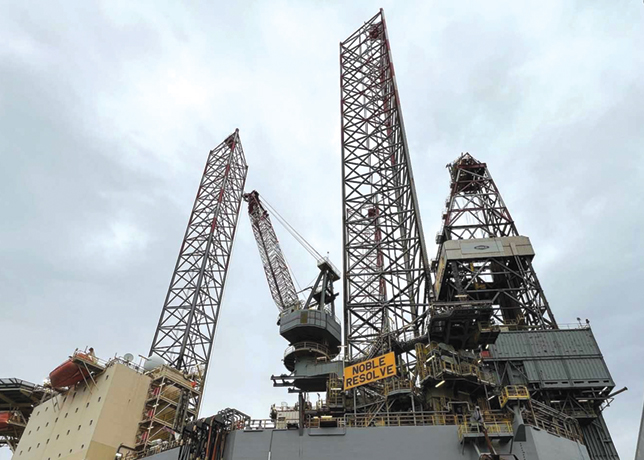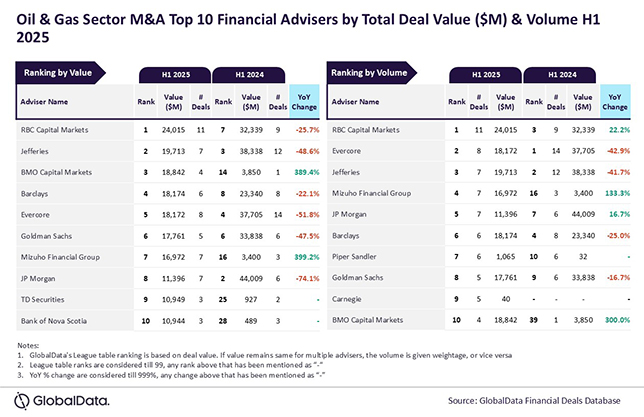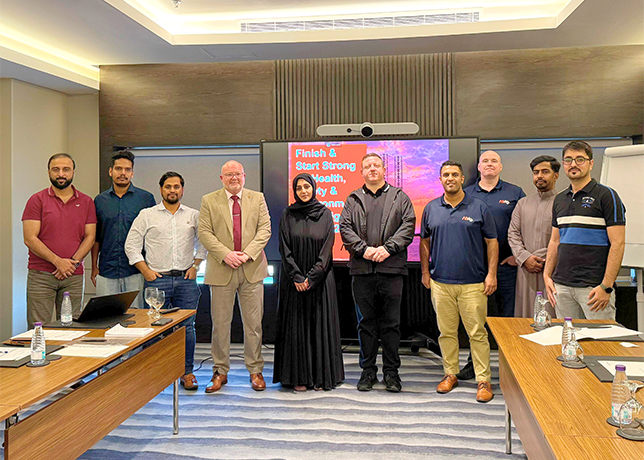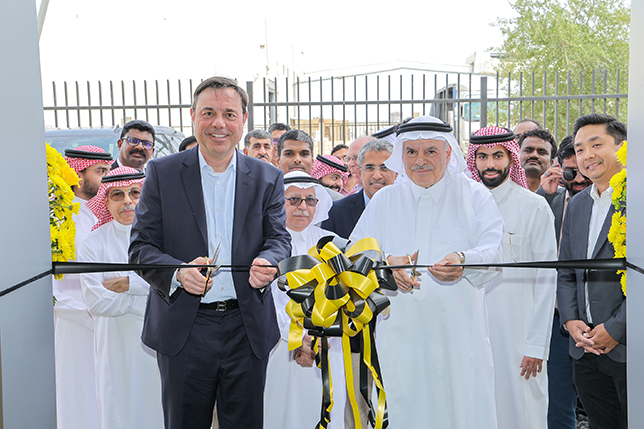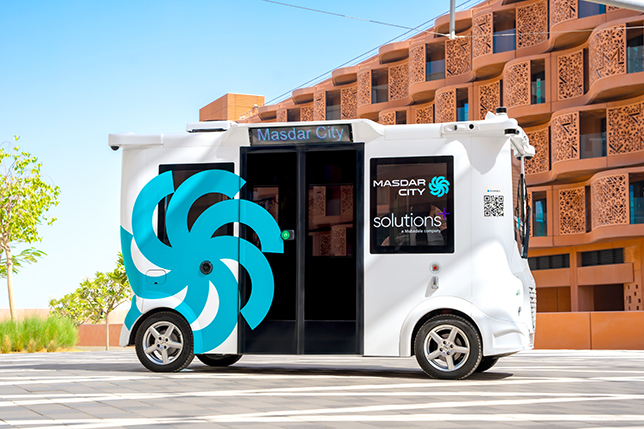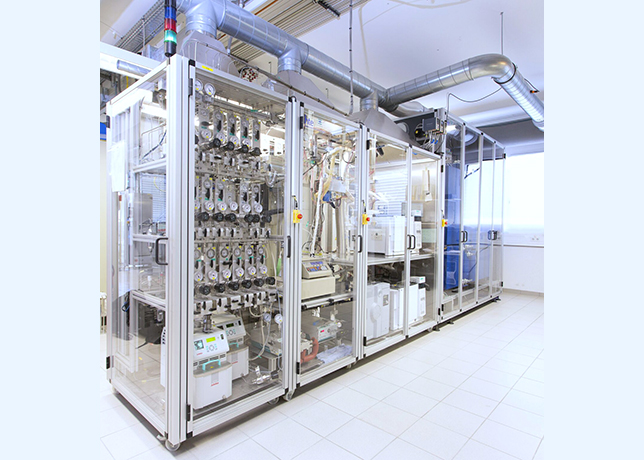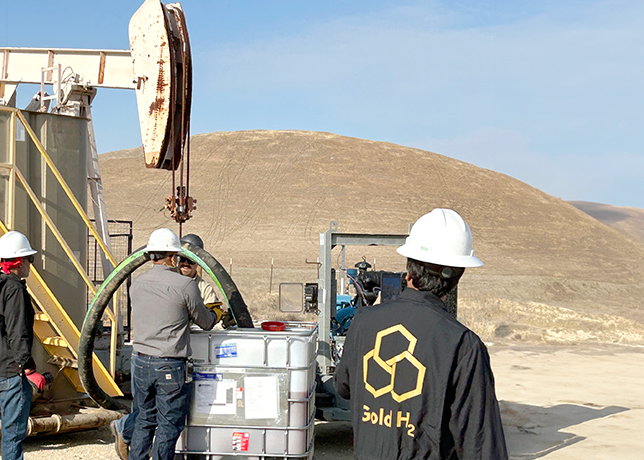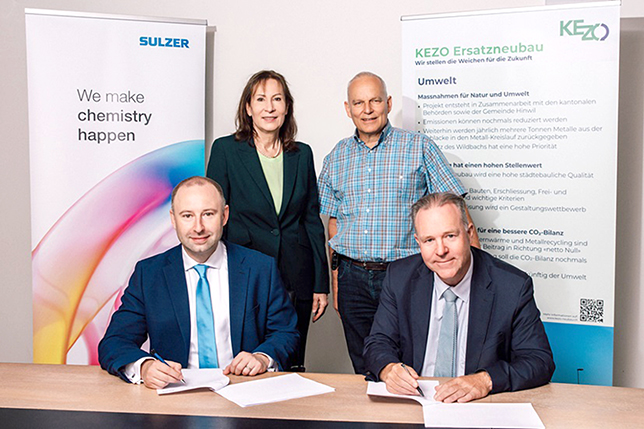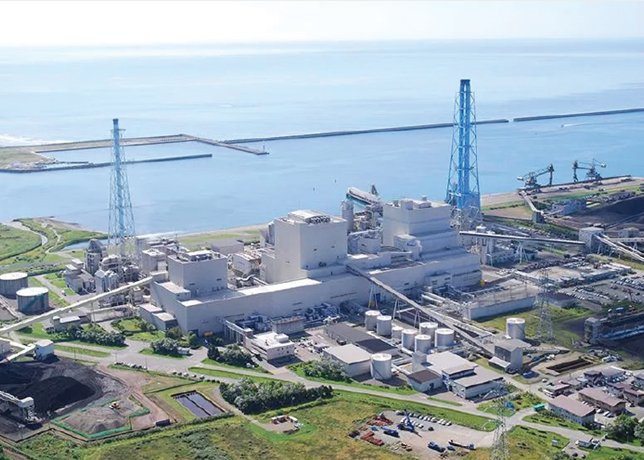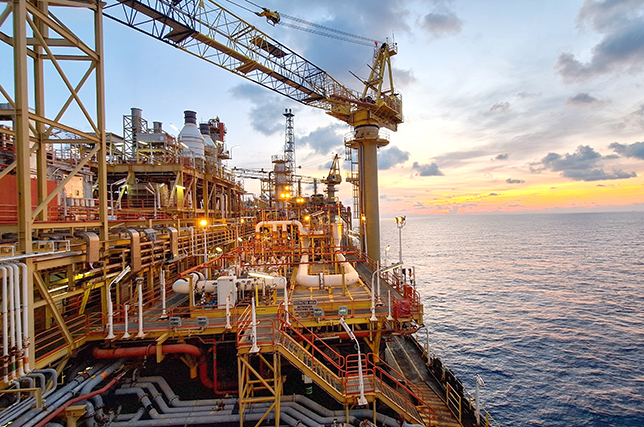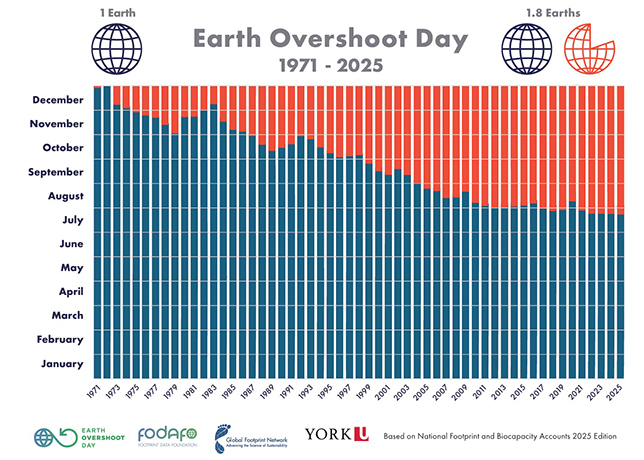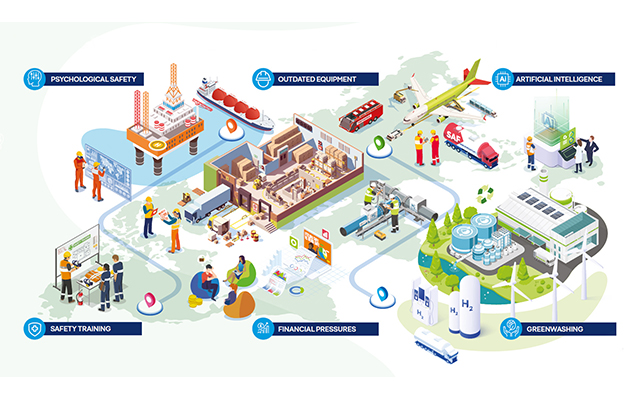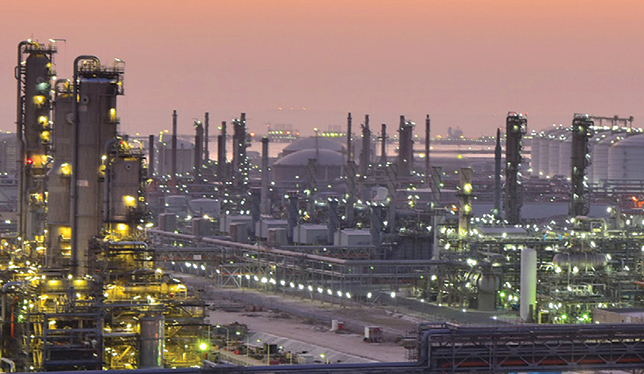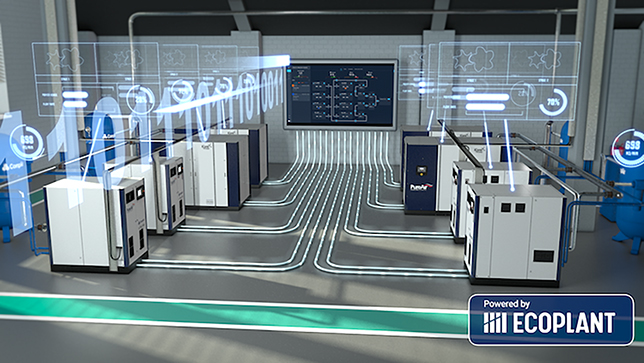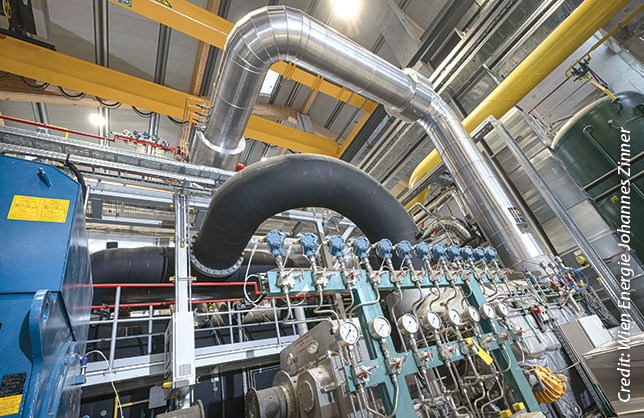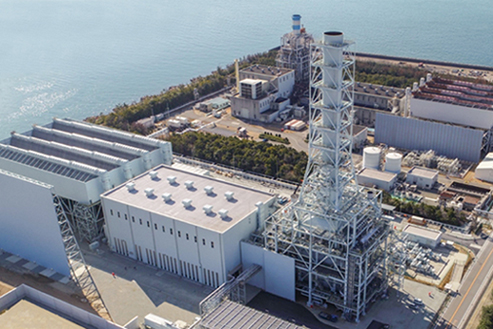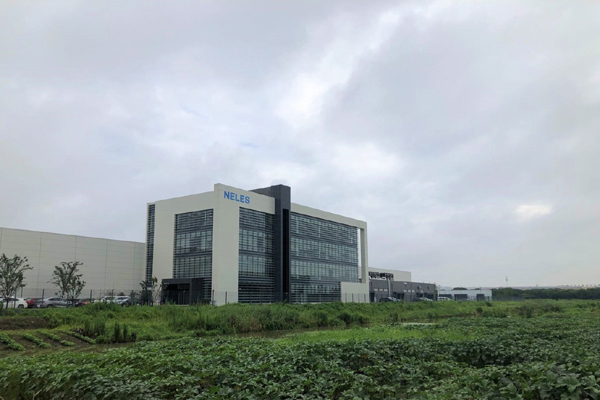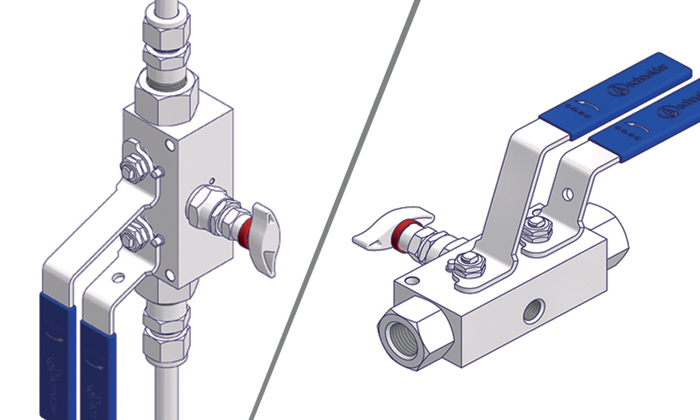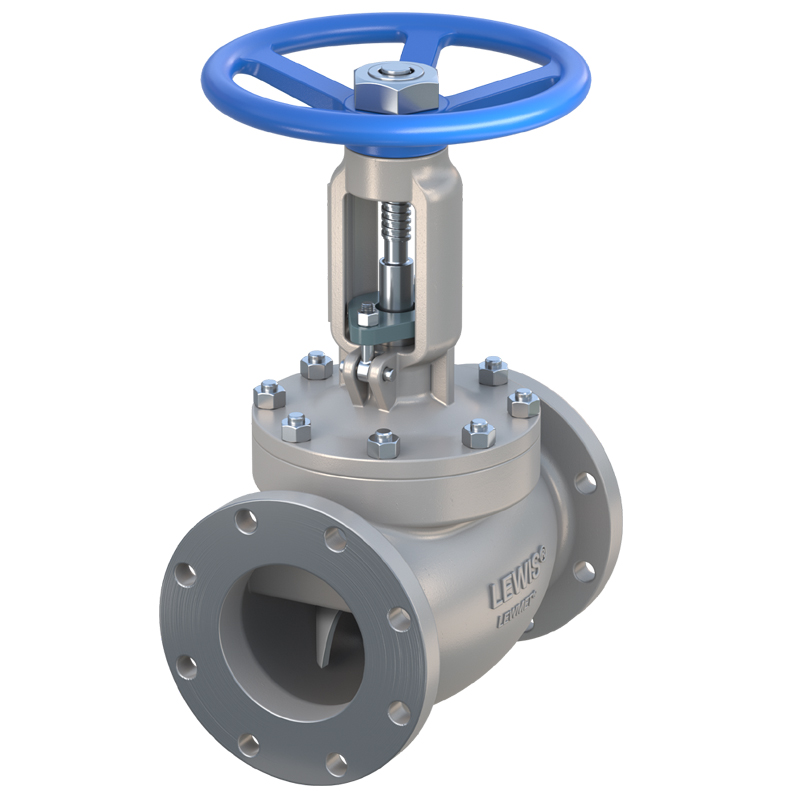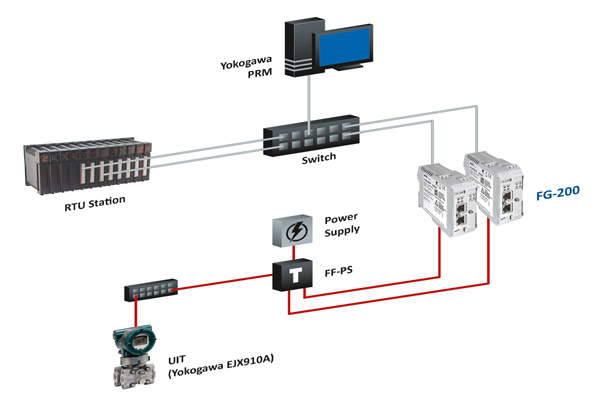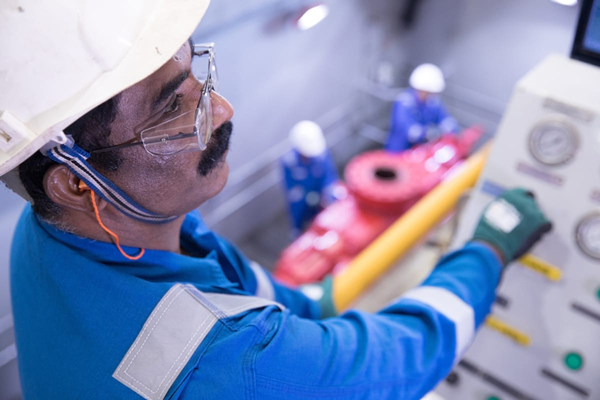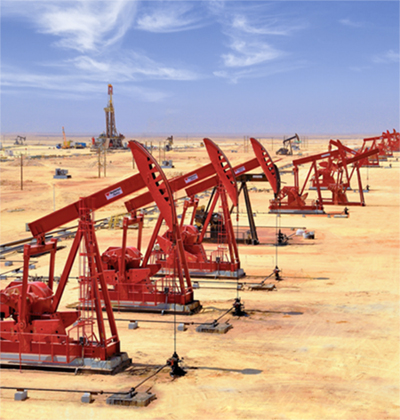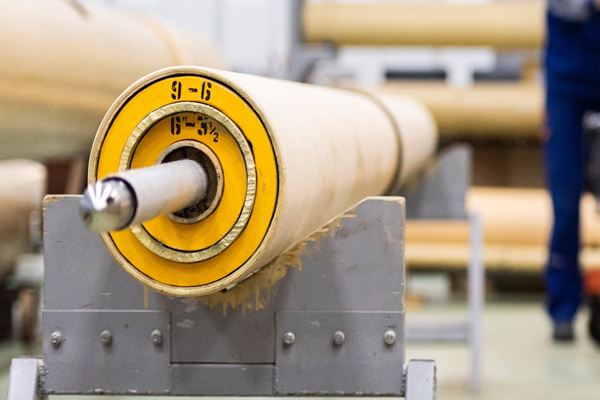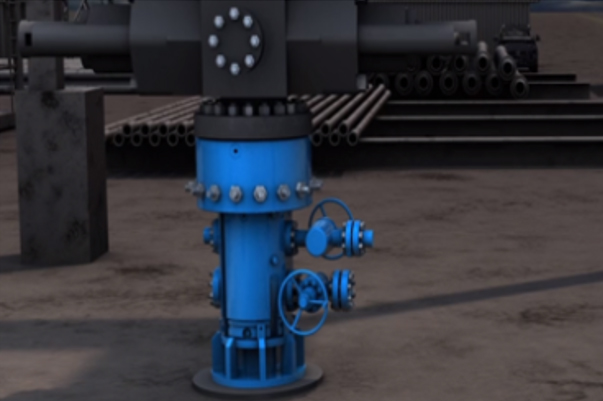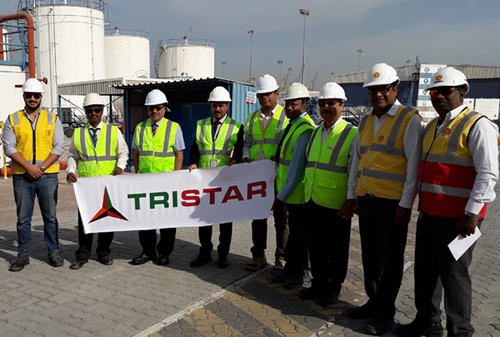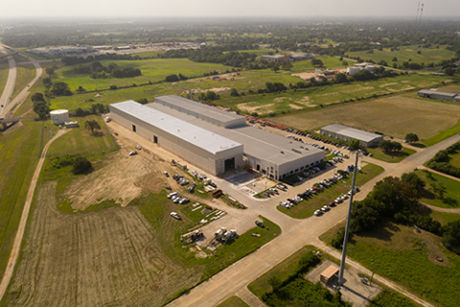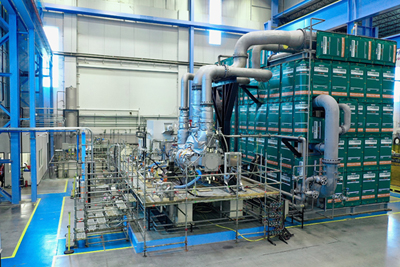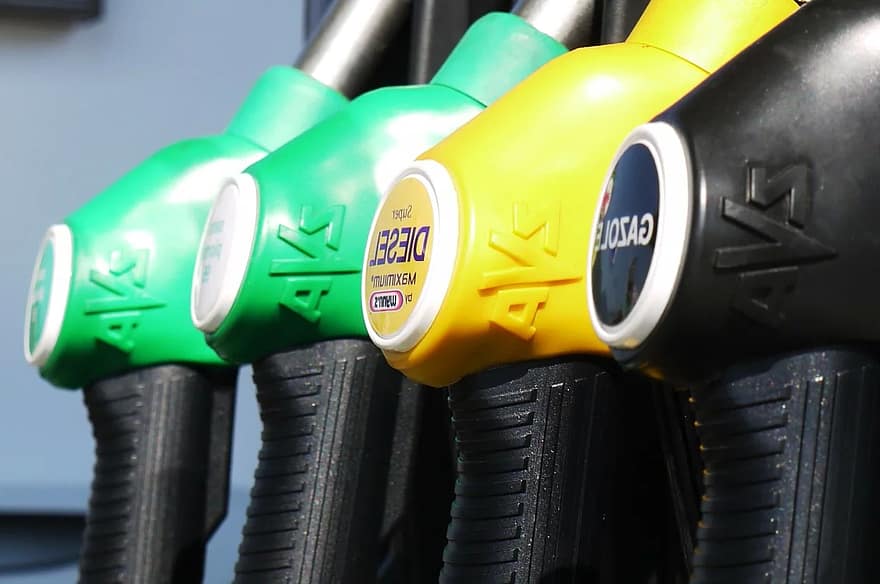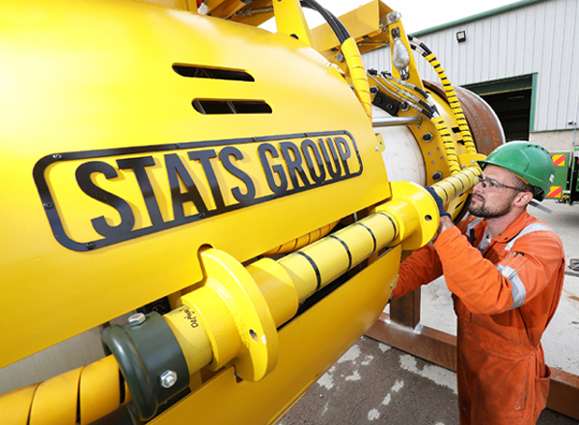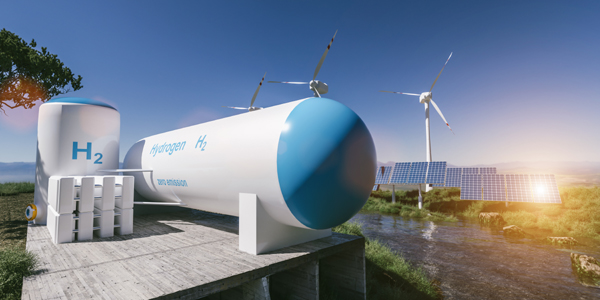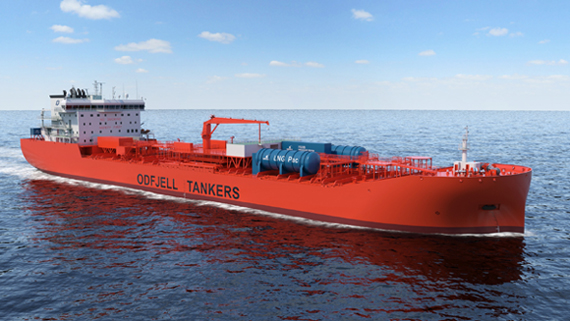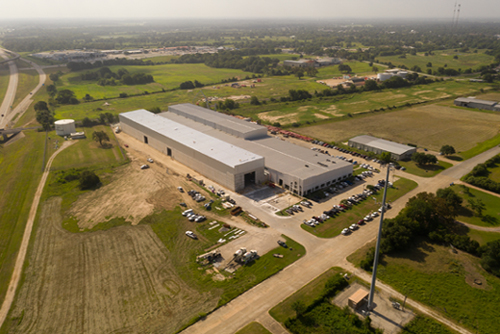
 Peter McGettrick speaking at Britaish Safety Council’s Sword, Globe and Shield of Honour Awards Luncheon in 2024
Peter McGettrick speaking at Britaish Safety Council’s Sword, Globe and Shield of Honour Awards Luncheon in 2024
With record-breaking heat and rising safety risks, energy firms must adopt AI, climate adaptation, and HSE reforms to protect workers and operations across the region, Peter McGettrick tells OGN
With climate extremes and geopolitical risks rising, energy firms in the Middle East and North Africa (Mena) need to urgently upgrade safety protocols. The region, warming nearly twice the global average, faces mounting threats to worker health and operational stability.
In an exclusive interview with OGN energy magazine, Peter McGettrick, Chairman, British Safety Council, stresses the need for adaptive work shifts, heat-monitoring wearables, and AI-driven hazard detection.
He suggests these must be paired with worker training, policy reforms, and long-term climate planning to be effective.
Digital tools like drones and real-time sensors offer promise but must complement human oversight.
Below are excerpts from the interview:
How can energy operators globally bolster workforce resilience amid climate driven extreme heat, especially given that the Middle East and North Africa (Mena) region is warming nearly twice as fast as the world average?
Energy operators must prioritise adaptive work schedules, hydration protocols, and shaded rest areas to combat extreme heat.
In the MENA region, where warming is accelerating, investing in wearable tech to monitor vital signs and heat stress is crucial, while workforce training on heat illness symptoms and emergency response should be mandatory.
And in the long-term, companies should integrate climate risk into operational planning and infrastructure design.
Furthermore, collaboration with local governments to align labour laws with climate realities will also be key.
We should know that resilience hinges on proactive, tech-enabled, and worker-centric strategies that protect health while maintaining productivity in increasingly hostile environments.
 |
Training and support for workers in high-risk zones is crucial |
As such, the need for climate-responsive Occupational Safety and Health (OSH) and wellbeing strategies was a key theme of Being Well in a Changing World, a joint research project between British Safety Council and the Institute of Occupational Medicine.
Its findings, collected from employers around the world, highlighted the need for wellbeing strategies to address the pressing issues faced by workers, and provide both individual and collective resilience, helping employees to navigate rapid social, political, technological and environmental change.
What role can AI and digitalisation play in reducing HSE incidents in offshore and onshore oil and gas operations, and how should workers be included in the process?
AI and digital tools can significantly reduce HSE incidents by enabling predictive maintenance, real-time hazard detection, and automated inspections.
For example, in offshore and onshore operations, AI-driven analytics can identify patterns leading to accidents, allowing pre-emptive action.
However, successful implementation requires involving workers early—through training, feedback loops, and co-design of systems—to ensure trust and usability.
And although digital twins and augmented reality can enhance situational awareness, it must complement and not replace human judgment.
That is why a culture of digital literacy and safety ownership is essential to ensure that technology enhances, rather than complicates frontline safety practices.
The impact of AI on worker and workplace safety was a key focus of British Safety Council’s Future of Work Roundtable held in July 2024, which brought together leading voices from the OSH, legal, policy, and third sectors to discuss whether AI was a friend or foe for workplace safety.
This also formed the foundations of our AI whitepaper titled Navigating the Future: Safer Workplaces in the Age of AI.
It proposed a series of regulatory and legislative changes to ensure that all workers, across all sectors, can benefit from technological advancement and that the world’s most vulnerable and at-risk workers aren’t left behind by technological change.
As methane leaks and flaring remain a major hazard, what effective steps can companies take now to cut emissions and safeguard local communities?
To reduce methane emissions and flaring, companies must deploy continuous leak detection technologies like satellite monitoring, infrared cameras, and drone inspections.
Also critical are upgrading infrastructure, such as compressors and valves, and implementing zero-routine flaring policies.
Capturing and repurposing gas for energy use or reinjection can further mitigate emissions, while transparent reporting and third-party verification build public trust.
Additionally, engaging local communities in monitoring efforts and sharing health data fosters accountability.
Regulatory alignment with global standards, such as the Oil and Gas Methane Partnership (OGMP), ensures consistent progress. Immediate action is both an environmental and social imperative.
With escalating geopolitical tensions, how should energy companies rethink emergency preparedness and personnel safety in the region?
Energy companies must reassess emergency preparedness by integrating geopolitical risk assessments into HSE planning.
This includes scenario-based drills, secure evacuation protocols, and real-time intelligence sharing.
In addition, cross-border coordination with governments and NGOs enhances response capabilities.
Digital platforms can further support remote crisis management, while robust communication systems ensure personnel safety.
Equally important is providing mental health support for workers in high-risk zones.
To minimise exposure, companies should also diversify supply chains and decentralise operations.
Ultimately, in volatile regions, resilience depends on agility, foresight, and a strong safety culture embedded across all levels of the organisation.
In places like Basra and Kuwait, air pollution from flaring and oil production is linked to respiratory and cancer risks, how can HSE standards be strengthened to protect local communities?
In areas where flaring and oil production contribute to severe air pollution, HSE standards must be reinforced through stricter emissions monitoring, community health surveillance, and transparent reporting.
To address these challenges, companies should invest in cleaner technologies, such as enclosed flares and gas recovery systems.
Moreover, independent audits and public disclosure of air quality data build trust.
Health impact assessments should guide operational decisions, and partnerships with local health authorities can improve early diagnosis and treatment. Finally, strengthening regulatory enforcement and aligning with WHO air quality guidelines are essential to protect both workers and communities.
Given record high summer temperatures in Arabian Gulf states, what strategies should employers adopt to manage heat stress and ensure worker safety outdoors?
To manage extreme heat, employers should implement mandatory rest breaks, shaded cooling stations, and hydration protocols.
In addition, smart wearables can monitor core body temperature and alert supervisors to early signs of heat stress.
Work should also be scheduled during cooler hours, with flexible shifts and heat acclimatisation programmes.
Just as crucial is training workers to recognise symptoms and respond quickly.
Employers must also ensure access to medical support and maintain compliance with local heat safety laws.
Over the long-term, integrating climate adaptation into infrastructure and workforce planning will be essential to sustain operations in +50 deg C conditions.
The first industrial-scale CCS project is underway in the UAE. How can HSE frameworks evolve to manage safety risks related to carbon capture and sequestration in the region?
As CCS projects scale in the region, HSE frameworks must evolve to address risks such as CO2 leakage, high-pressure transport, and long-term storage integrity.
Meeting these challenges calls for rigorous site selection, deployment of real-time monitoring systems, and emergency response plans specifically tailored to CO2 exposure.
Equally important is worker training on handling compressed gases and leak detection.
In parallel, regulatory frameworks should mandate lifecycle risk assessments and community engagement.
Drawing on lessons from high-risk industries like nuclear and chemical processing can inform best practices.
Crucially, transparent governance and third-party oversight will be essential to ensuring public trust and operational safety.
With increasing cyber physical integration in Middle East oil and gas, what are the overlooked safety risks posed by cybersecurity failures, and how can they be managed?
With growing cyber-physical integration, overlooked risks include system sabotage, data manipulation, and remote access vulnerabilities that could trigger physical incidents.
For example, a cyberattack on SCADA systems could lead to equipment failure or environmental harm.
To counter these threats, companies must adopt a zero-trust architecture, conduct regular penetration testing, and ensure cybersecurity is embedded in HSE protocols.
In addition, cross-training IT and HSE teams fosters a unified response.
Incident response plans should include cyber scenarios, and workers must be trained to recognise digital threats.
Today, cyber resilience has become a core component of operational safety.
Post Covid remote operations and offshore drone inspections offer HSE efficiencies, but what are the new risks, and how do we ensure safe implementation?
Remote operations and drone inspections enhance safety by reducing human exposure, yet they also introduce new risks like system failures, data breaches, and overreliance on automation.
To ensure safe implementation, companies must prioritise robust cybersecurity, clear protocols for drone use, and contingency plans for remote system outages.
Additionally, workers must be trained to interpret drone data and respond to anomalies.
Regulatory compliance, especially in airspace and data privacy, is essential.
However, despite technological advances, human oversight remains critical; technology should augment, not replace, frontline expertise.
Through Safety Management magazine, and our workshops and webinars, we continue to advocate for a balanced approach to ensure that digital efficiencies do not compromise safety integrity, and that human experience and expertise remain central.
By Abdulaziz Khattak


